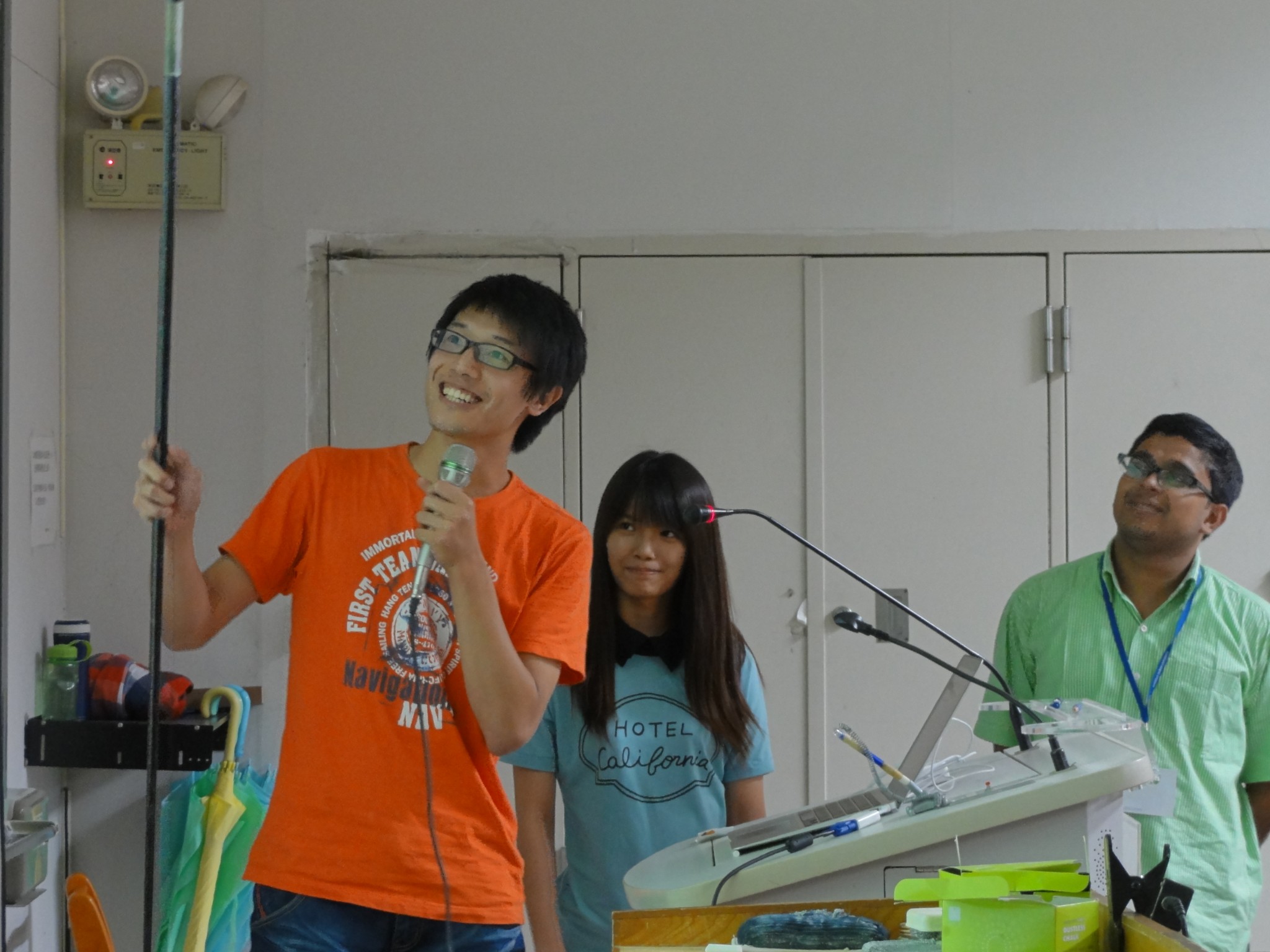
Collaborations of high-energy physicists often number in the thousands, and this presents some unique challenges. “CMS is a big collaboration, with 3,000 people from diverse backgrounds, speaking different languages,” says Sudhir Malik, co-convener of the CMS Data Analysis School (CMSDAS). Members of the collaboration work on dozens of different analyses, and are required to use increasingly complex and varied software tools. “It is important to bring everyone up to speed as we all need to use shared facilities and the frequently-updated software tools.” This is where CMSDAS comes in.
“CMSDAS was born at Fermilab’s LHC Physics Center (LPC) in the autumn of 2010,” says Ian Shipsey, also a CMSDAS co-conveners. Inspiration came from a similar school developed by the CLEO experiment of which Shipsey had been a part, as well as an earlier one developed by the LPC. “The key to CMSDAS is experiential learning. One does not learn to play the piano by merely watching someone, but by sitting down at the keyboard and being guided by a gifted teacher. Applying that concept, CMSDAS is 90% hands-on work with CMS data. So far, 240 student have been taught by 90 dedicated teachers in CMSDAS at LPC, Pisa and Taipei,” adds Shipsey.
The school is open to any CMS member who wants to learn more about data analysis in CMS. “Senior professors may have a very good understanding of physics but some aren’t up to date with the tools because they have other responsibilities,” states Malik. The majority of participants, though, are PhD students and post-docs.
The latest school — dubbed CMSDASia — was held this summer in Taipei, the first to be conducted in Asia. “This is probably the first time that the school is not hosted at an institute with large computing resources,” says Kai-Feng Chen, one of the organisers at the host institute, the National Taiwan University. “In addition, our classes are only used by 10–12 people at the same time, and there aren’t many machines available on which to run the analysis jobs. So we had to procure these especially for the school. On the other hand, many students from the university were around to help with everything from technical support to ensuring that there was enough coffee for everyone!”
“One of the goals is to ensure that the various regions are capable of conducting these training schools on their own and set up regional hubs,” points out Malik. “At each CMSDAS, 30–60 expert facilitators are needed to cover the range of physics objects and physics measurements. Conducting these schools at different locations helps increase the local expertise, which is one of our goals.”
Each school session lasts five working days. Before the students come — “I call everybody students, whether they are professors or post-docs or PhD students,” laughs Malik — they have to do a month’s preparatory work. In addition to basic registration and setting up accounts, they perform several pre-DAS exercises and submit their answers to an online portal.
The school itself is like a mini-conference. There are introductory lectures on the status of physics at CMS and an overview of high-energy physics. Students then perform short exercises, learning about the many physics objects used in the analyses: jets, electrons, photons and so on. Of course, not everyone performs each of these short exercises. The ones they pick depend on the actual physics analysis to which they devote the bulk of the school, such as top-quark studies or Higgs searches. “For these longer analyses, the students have to go through real CMS data and compare what they see with official CMS results,” says Chen.
On the last day, there is a mini-symposium where the students, who have been working in teams of 6–8 for the past three days to perform a physics measurement, present their results. The participants judge their peers on their work by voting in a secret ballot and the winning team receive a special prize. “This mini-symposium is the highlight of the school. It is where the participants summarize their achievements and learn how to communicate them to their peers. Some of these students will then go on to be teachers at future editions of CMSDAS,” concludes Shipsey.
If you are a CMS physicist and would like to participate in the next CMSDAS, don’t forget to sign up for the next sessions to be held in January 2013 at Fermilab and DESY [CERN SSO required for both links].
More articles about CMSDAS can be found in the archives of Fermilab Today here and here, and you can also read a longer description in Ian Shipsey’s talk at Perspectives on Physics and on CMS at Very High Luminosity, HL-LHC, Alushta, Crimea May 2012.
- Log in to post comments

